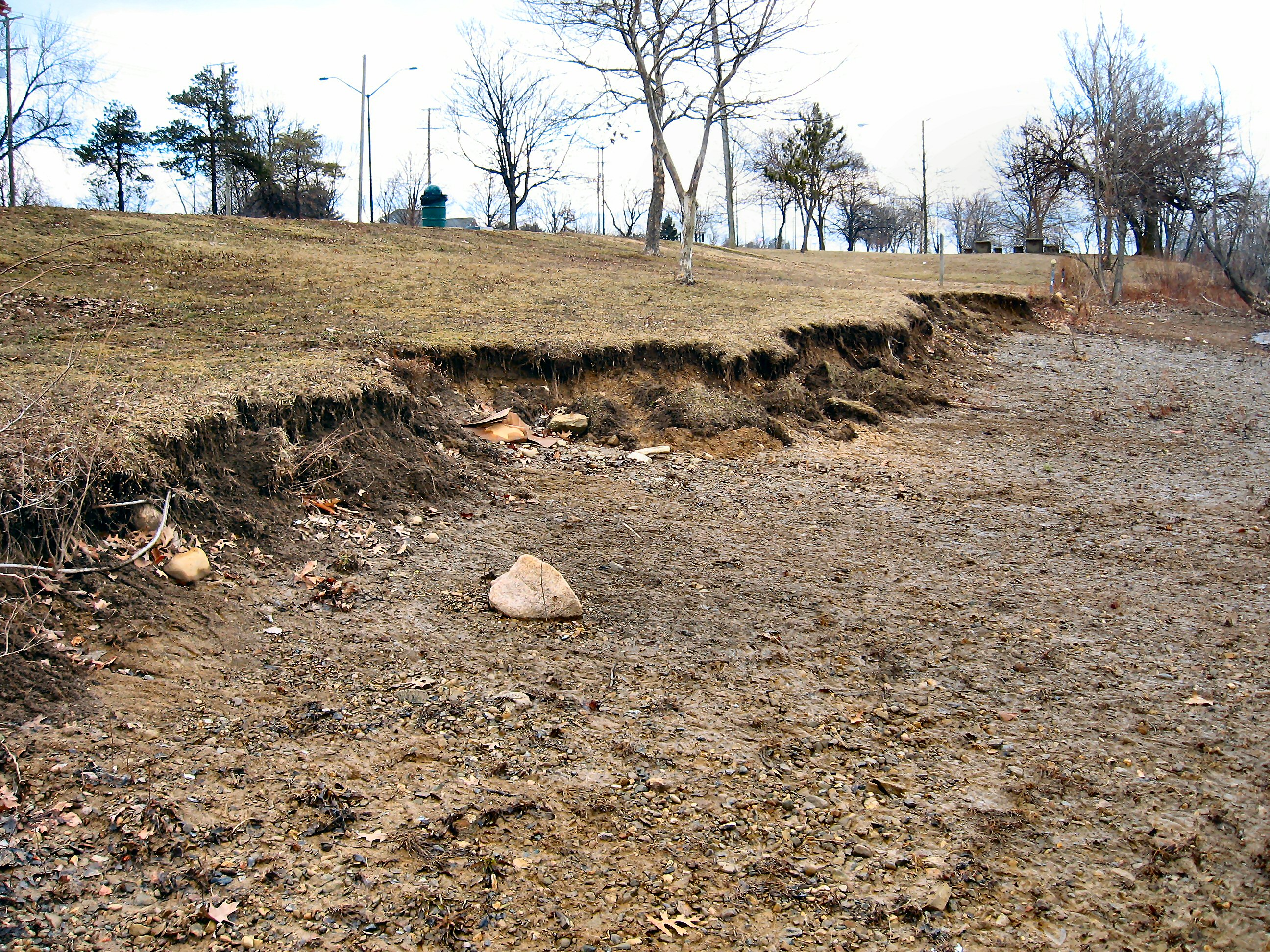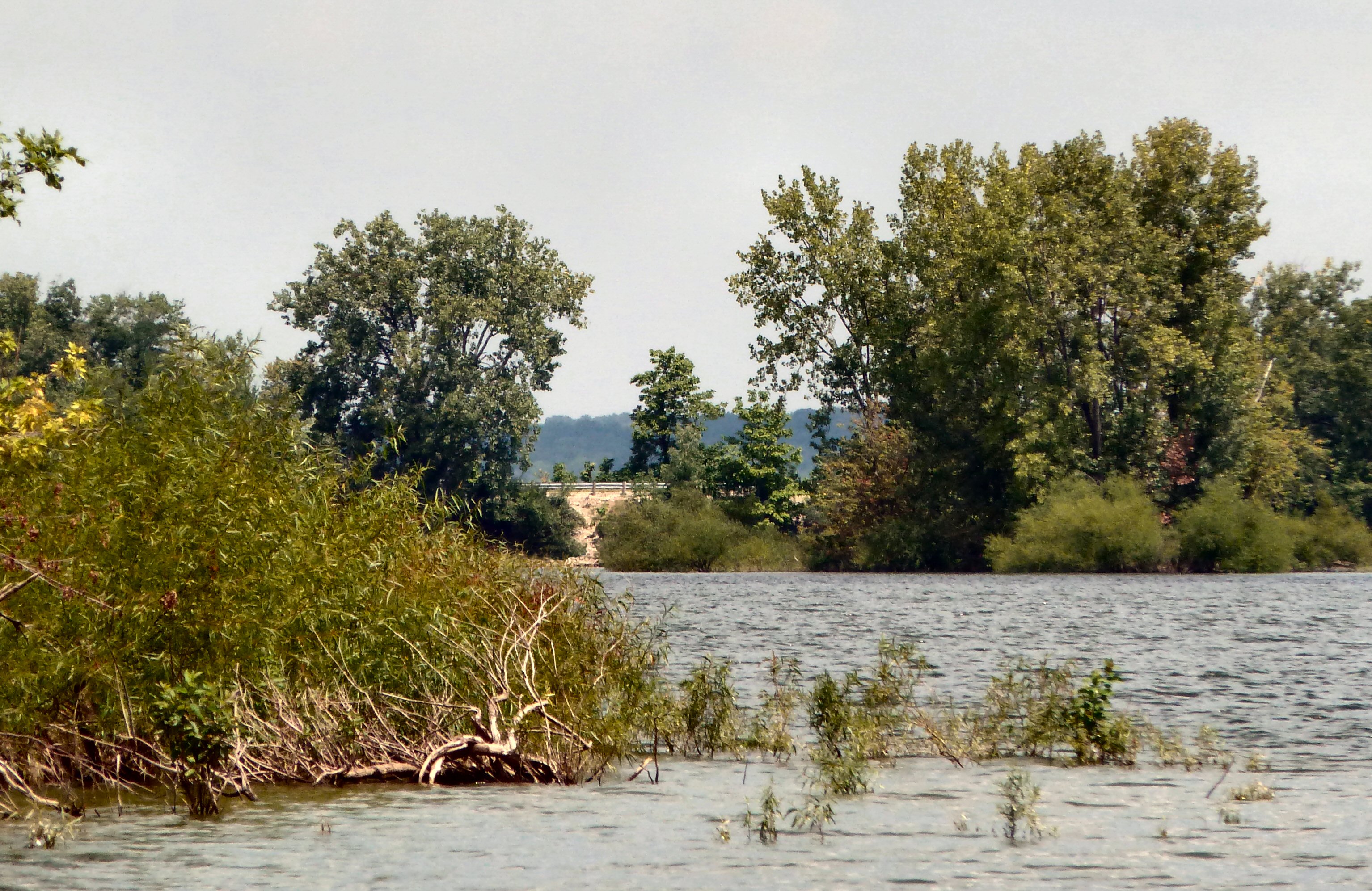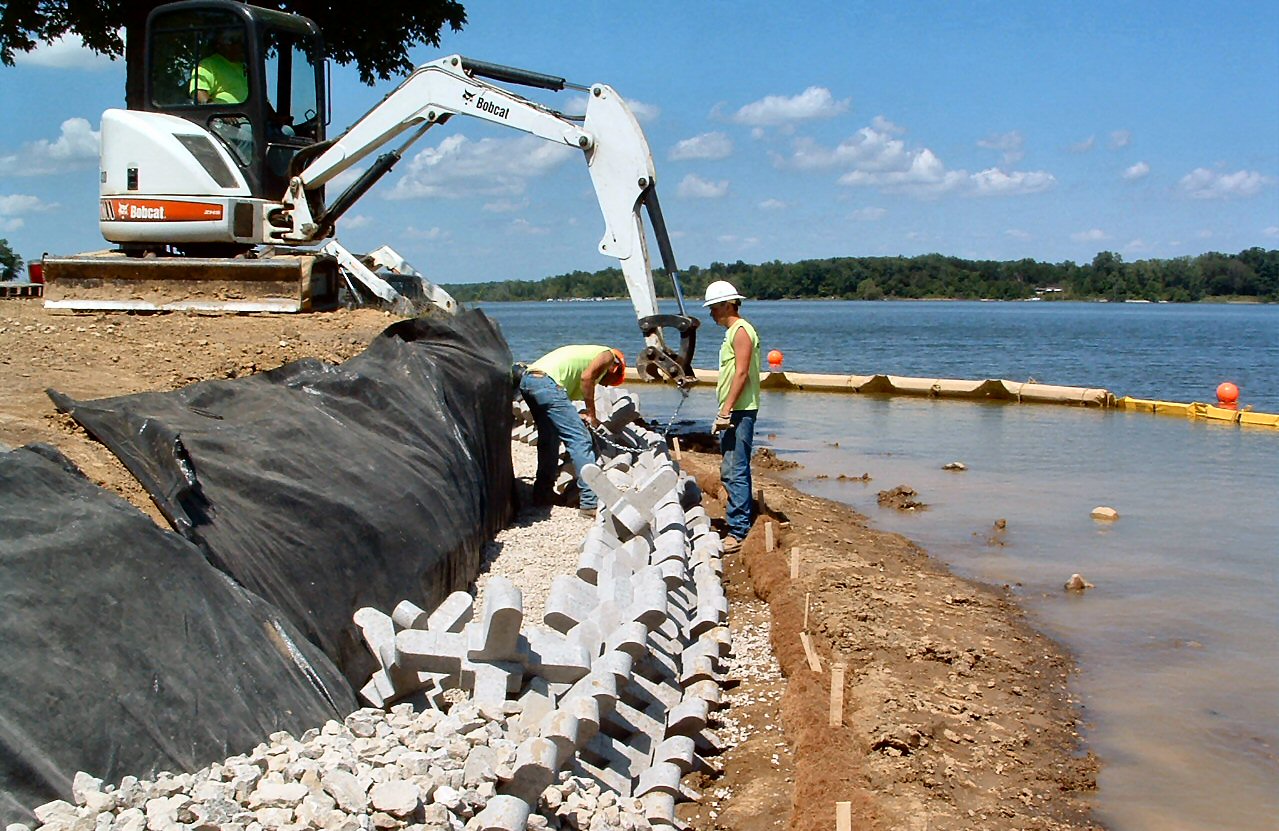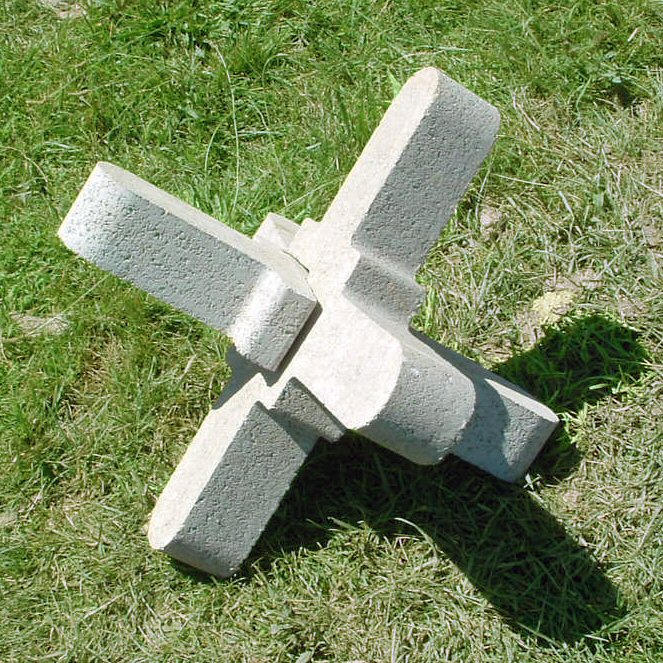Sedimentation & habitat loss are Ohio's leading causes of water quality degradation. Shoreline stabilization minimizes erosion & protects water quality.
Shoreline Stabilization Minimizes Erosion & Protects Water Quality
View the Shoreline signage(PDF, 1MB) installed at the reservoirs.
Erosion is one of nature's most destructive forces. Through the actions of wind and water, valuable acres of crop land, beaches, streambanks, and shorelines are worn away and lost each year.
The shorelines around Hoover Reservoir contain easily erodible soil types. Left unchecked, erosion reduces available parkland and generates silt and sediments which degrade water quality and harm aquatic life.
Land can be protected from erosion with the use of natural and engineered solutions.
Examples include willow plantings (photos), A-jacks®, rip-rap and more. For more photos, illustrations & information, view the Shoreline signage(PDF, 1MB).
Willows establish a fast growing, deep-rooted buffer at the water's edge. Images show an eroded shoreline ready for a willow planting and a mature willow shoreline.
A-jacks® stabilize severe bank erosion while allowing interspersed plant growth for added protection. Rip-rap is ideal for protecting large areas of shoreline.


How You Can Help Minimize Erosion:
- Landscape with deep-rooted, native plants
- Prevent boat wakes which damage shorelines
- Avoid creating areas of bare soil, including paths
- Plant a buffer of trees or shrubs along the water's edge instead of turfgrass.
A-jacks® stabilize severe bank erosion while allowing interspersed plant growth for added protection. Rip-rap is ideal for protecting large areas of shoreline.

